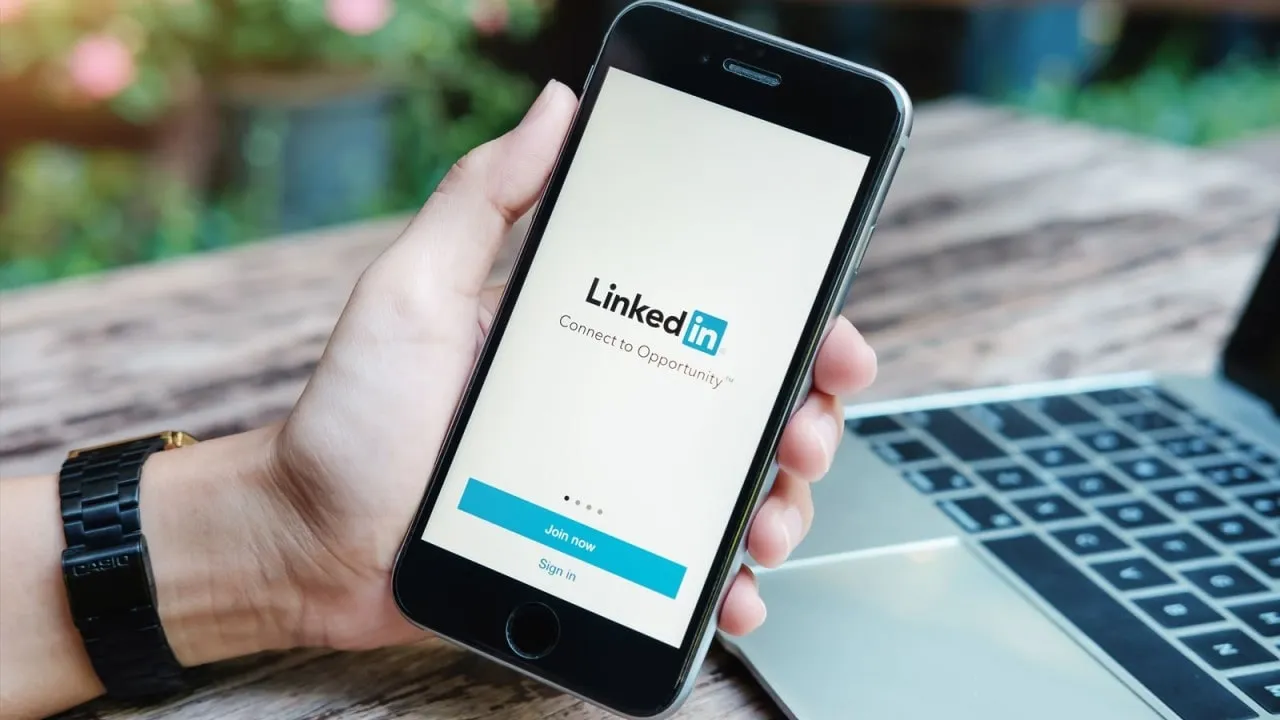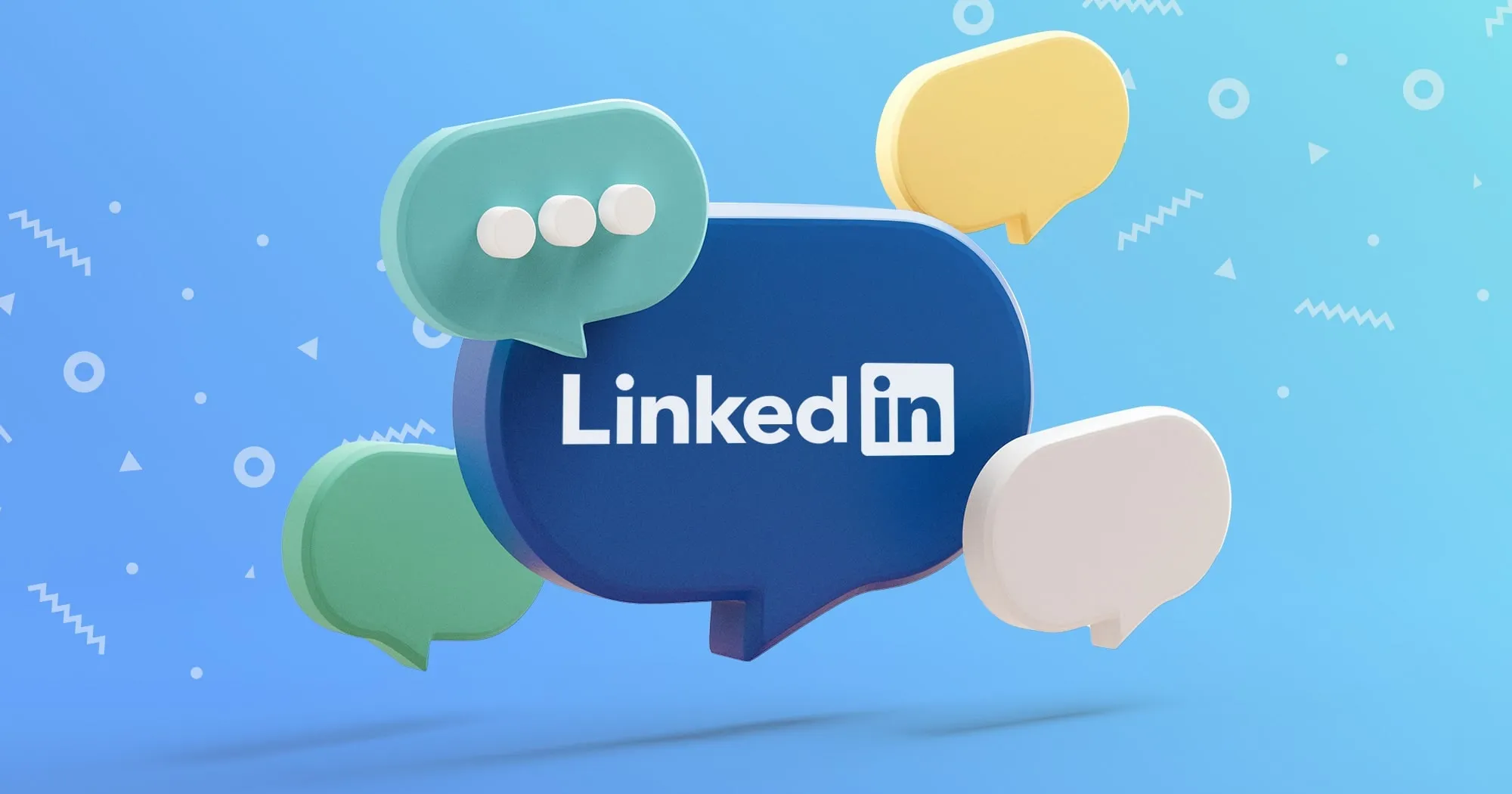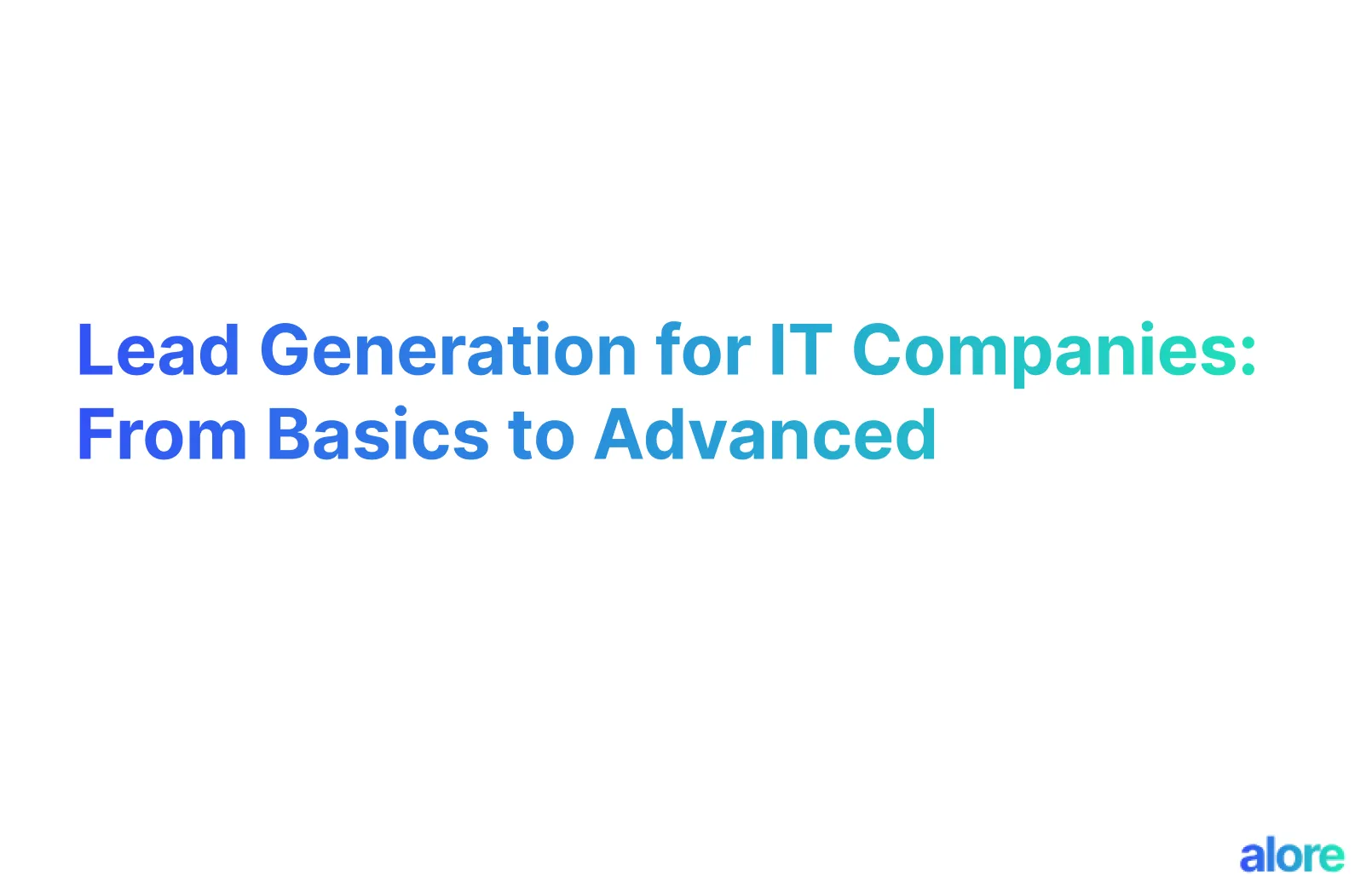Want to build stronger connections on LinkedIn? It all starts with writing messages that feel personal and meaningful. According to LinkedIn, personalized messages get 45% more responses than generic ones.
Whether it’s your first message to other professionals, inmail messages, or reaching out to group members, it’s all about creating real conversations. Let’s dive into five simple strategies to help you write messages on LinkedIn that actually make an impact.
How Can Messages on LinkedIn Help You Build Stronger Connections?

1. Build Trust Quickly
Messages on LinkedIn help establish trust when they are personalized and thoughtful. When you send messages tailored to your recipient, they feel valued. Referencing industry trends or shared experiences adds authenticity and shows that you’ve done your homework.
2. Show Genuine Interest
Showing interest in others’ work or expertise builds stronger connections. Use tools like sales navigator to find relevant details about their profile. Mentioning specific examples or using templates for initial outreach can make your messages feel natural while saving time.
3. Strengthen Relationships
Consistent communication strengthens relationships over time. For multiple recipients, ensure that your messages remain personal. Keep your subject line clear to stand out in their inbox, and always follow up with meaningful updates.
4. Create Opportunities
Every connection is an opportunity to learn or collaborate. Highlight how your services or knowledge of industry trends could benefit them. Sharing examples of past successes or addressing their prospects builds mutual value.
5. Establish Credibility
Credibility comes from clear and professional communication. Whether you’re addressing group members or a specific recipient, concise messages focused on their needs help you stand out. Use tools like templates and sales navigator to ensure your outreach is effective.
What’s the Difference Between LinkedIn Messages and InMail Messages?

1. Access and Account Type: Regular LinkedIn messages can only be sent to 1st-degree connections, while InMail messages allow you to reach people outside your network, depending on your subscription type.
2. Reach Beyond Connections: InMail messages let you directly message another LinkedIn member, even if you're not connected. This is particularly useful when you don’t have a specific number of shared contacts or if the person is not in your network.
3. Personalization and Response: InMail messages are designed to generate a higher response rate, especially when you include specific insight about the recipient’s work or profile.
4. Usage for Recruitment and Leads: InMail is popular among recruiters and sales professionals for targeting leads or engaging potential customers.
5. Limitations: Regular messages are free but limited to your connections, whereas InMail requires a paid plan, offering more flexibility for businesses and professionals looking to leverage LinkedIn for outreach.
Top 5 Strategies for LinkedIn Messaging

1. Personalize Every Message
/When you send a message, make sure it’s tailored to the recipient. Avoid generic language and instead mention something specific from their profile, like a recent achievement or shared interest.
Personalization shows effort and makes the recipient more likely to engage with you.
2. Keep It Short and Clear
Nobody wants to read long, confusing messages. Whether you’re reaching out for a new opportunity or collaboration, keep your message concise.
Focus on the essentials and avoid unnecessary details. This is an essential practice to ensure your message is understood quickly without overwhelming the recipient.
3. Use a Strong Call to Action
End your message with a clear next step. For instance, invite them to visit your website, schedule a meeting, or respond with their thoughts.
A strong call to action reduces confusion and makes it easy for the recipient to decide what to do next.
4. Focus on Offering Value
Instead of asking for favors right away, think about how your message can help the other person.
Highlight useful insight or resources, or share information relevant to their profile or interests.
This approach creates a positive impression and sets the stage for a meaningful conversation.
5. Follow Up Thoughtfully
Sometimes, people miss messages. If you don’t get a reply, don’t give up immediately. Politely follow up after some time, reiterating your purpose.
Be mindful of their time and avoid appearing pushy. A well-timed follow-up can often turn a missed message into a great opportunity.
Bonus Tip:
Pay attention to best practices like keeping your tone professional yet approachable. If you’re unable to find common ground immediately, try engaging with their posts or participating in discussions. This can build familiarity before reaching out directly.
By applying these strategies, you’ll not only improve your LinkedIn messaging but also build connections that are genuine and valuable.
Steps to Send LinkedIn Messages Effectively

To send LinkedIn messages effectively, follow these specific steps:
1. Access LinkedIn Messages:
- Log in to your LinkedIn account.
- Click on the "Messaging" icon at the top of your LinkedIn homepage to open your message inbox.
2. Initiate a New Message:
- In your message inbox, click the "Compose" icon (represented by a pencil) to start a new message.
3. Select the Recipient:
- In the "To" field, type the name of your 1st-degree connection you wish to message.
- If messaging a 2nd or 3rd-degree connection, consider using LinkedIn InMail, which allows you to message members you're not directly connected with.
4. Craft Your Message:
- Begin with a personalized greeting, addressing the recipient by name.
- Clearly state the purpose of your message in the opening sentence.
- Keep the content concise and relevant, focusing on how your message pertains to the recipient.
- Conclude with a clear call to action, such as requesting a meeting or asking a specific question.
5. Review and Send:
- Proofread your message for any spelling or grammatical errors to maintain professionalism.
- Once satisfied, click the "Send" button to deliver your message.
6. Monitor Responses:
- Regularly check your LinkedIn inbox for replies.
- Respond promptly to continue the conversation and build the connection.
By following these steps, you can effectively send messages on LinkedIn, enhancing your professional networking efforts.
What Should Your First Message Include?

1. Start with a Polite and Professional Greeting: Make sure to address the recipient respectfully, using their name as listed on their profile.
2. Introduce Yourself Clearly: Include a concise introduction about yourself, focusing on relevant details. Avoid adding unnecessary information that might feel like a report.
3. Mention a Personal Connection or Shared Interest: Highlight any mutual interests or connections. This can help create a positive impression and open the door to a meaningful conversation.
4. State a Clear Reason for Reaching Out: Be direct and explain why you are contacting them. Whether it’s to discuss a future collaboration or share insights, keep your reason simple and focused.
5. End with an Actionable Call to Action: Suggest a next step, like scheduling a call or asking them to participate in a project. Ensure your message is clear and leaves no room for misinterpretation.
By following these steps, your first message will feel personal, engaging, and professional.
Tips for Messaging to Different Connection Levels on LinkedIn

Reaching out on LinkedIn varies depending on the type of connection you have. Crafting the right message for each level ensures better engagement and meaningful conversations.
Here’s how to approach each connection level effectively.
1. Messaging to 1st-Degree Connections
These are the people already in your network. Messages here should build on your existing relationship.
- Start with a friendly opening, referencing a previous conversation if possible.
- Offer updates or share insights that might interest them.
- Keep the message concise and encourage them to participate in discussions or activities related to your shared interests.
2. Reaching Out to 2nd-Degree Connections
These are mutual connections, making it easier to establish rapport.
- Mention your shared connection or common ground to start the message.
- Highlight why you’re reaching out, such as learning about their expertise or exploring potential collaboration.
- Use a respectful tone, as they may not be familiar with you yet.
3. Connecting with 3rd-Degree or Out-of-Network Individuals
These individuals are not directly linked to you, so the approach needs extra care.
- Start with a clear and polite introduction about yourself.
- Explain why you’re reaching out and include a specific search for how they could help or collaborate with you.
- Be transparent about your intent, whether it’s networking, learning, or discussing opportunities.
By tailoring your messages to each connection level, you can create genuine and productive interactions on LinkedIn.
Conclusion
Writing effective messages on LinkedIn is all about being thoughtful and intentional. By personalizing your approach, keeping your messages clear, and focusing on creating real value, you can build stronger, more meaningful connections.
Remember, it’s not about sending as many messages as possible but about starting genuine conversations. Take the time to understand your audience, and your efforts will pay off in meaningful professional relationships.

.webp)






